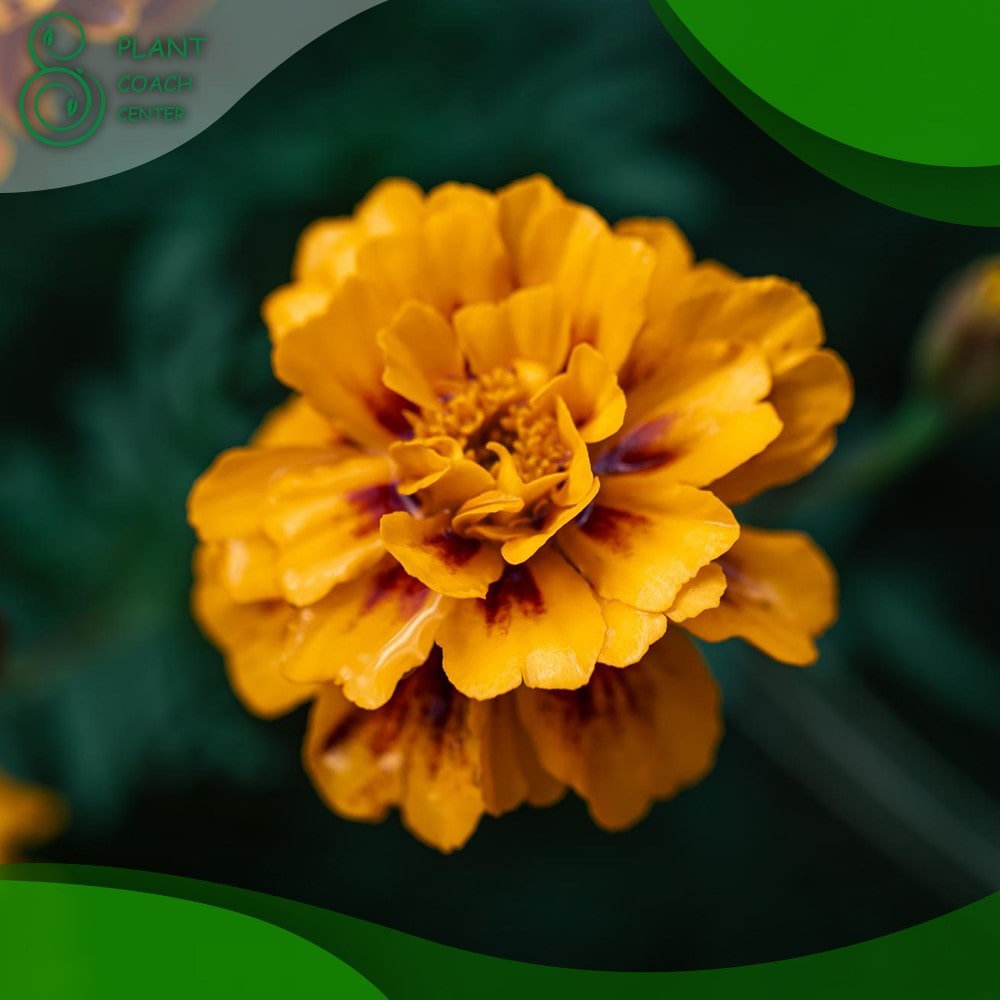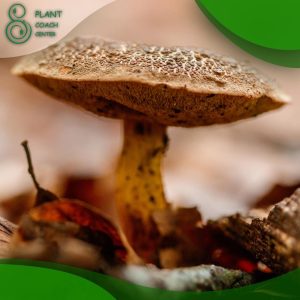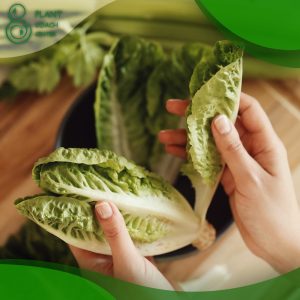Introduction
Marigolds are popular flowers known for their vibrant colors and versatility. In this article, we will explore the process of growing marigolds from dried flowers, along with helpful tips and tricks to ensure a successful gardening experience. Let’s dive into the world of marigolds and learn how to cultivate them in your garden!
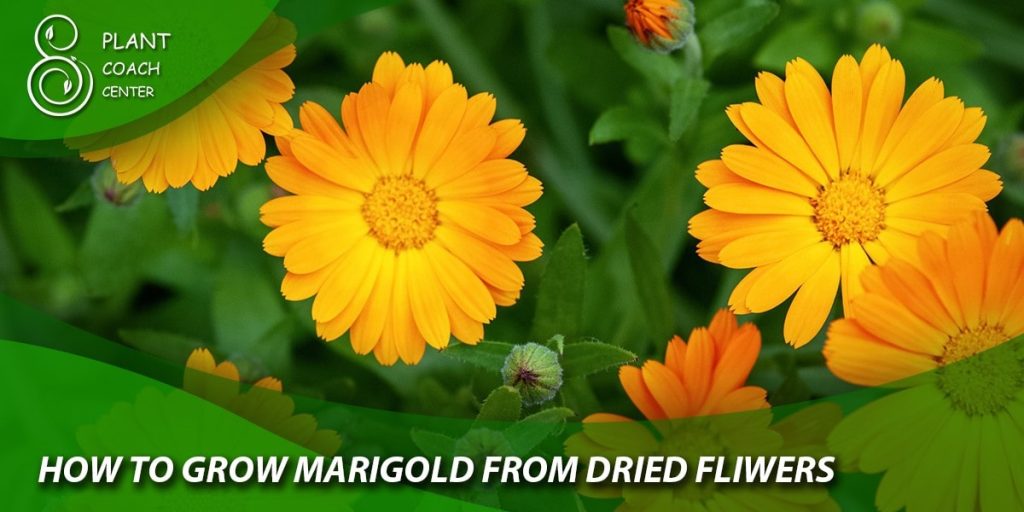
How to Grow Marigold from Dried Flowers
Step 1: Collecting and Preparing Dried Flowers
To begin, collect dried marigold flowers, ideally from a healthy plant. Carefully separate the petals from the dried flower head to reveal the seeds. These seeds can be planted and grown into beautiful new marigold plants.
Step 2: Germinating Marigold Seeds from Dried Flowers
Place the seeds on a damp paper towel, fold it, and place it in a sealed plastic bag. Keep the bag in a warm location for 5-7 days to promote germination. Check the seeds regularly for sprouts, and once they appear, it’s time to plant them.
Step 3: Planting Germinated Marigold Seeds
Prepare a well-draining potting mix and fill small pots or seedling trays. Carefully transplant the germinated seeds into the soil, keeping the sprouts above the surface. Place the pots in a warm, sunny spot and keep the soil moist. In a few weeks, you’ll see your marigolds begin to grow.
The Life Cycle of Marigold Plants
Seedling Stage
After planting the germinated marigold seeds, they will enter the seedling stage. During this stage, they will develop their first leaves called cotyledons. Keep the soil consistently moist, but avoid overwatering.
Vegetative Stage
As the marigold plants grow, they enter the vegetative stage, developing multiple sets of true leaves. Continue to provide plenty of sunlight and water, adjusting the amount based on the plant’s needs and weather conditions.
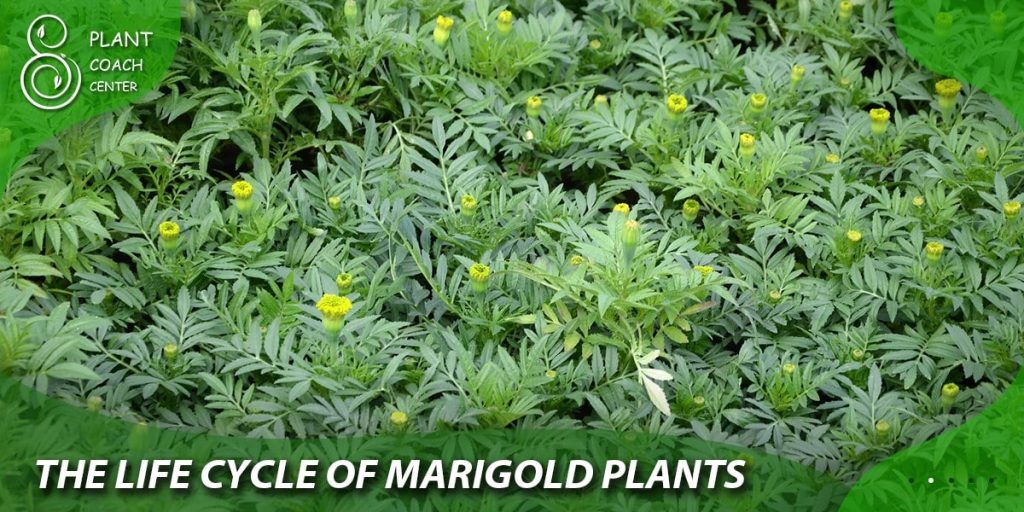
Flowering Stage
Once the marigold plants have matured, they will begin to produce stunning blossoms. You can enjoy their vibrant colors and fragrance either in your garden or as cut flowers in your home.
Harvesting and Drying Marigold Flowers
When you want to collect marigold flowers for drying, choose healthy, fully bloomed flowers. Cut the stems and hang the flowers upside down in a well-ventilated, dark place. After they’ve dried, you can follow the process mentioned earlier to collect seeds and grow new marigold plants.
Ideal Growing Conditions for Marigolds
Soil Requirements
Marigolds prefer well-draining soil with a pH between 6 and 7.5. They can tolerate a range of soil types, but adding organic matter like compost will help improve soil structure and provide essential nutrients.
Sunlight and Temperature
These sun-loving plants thrive in full sun and can tolerate temperatures between 60-75°F (15-24°C). However, they can also grow in partial shade, but may produce fewer flowers.
Watering and Fertilization
Water marigolds regularly, ensuring the soil stays moist but not waterlogged. Overwatering can lead to root rot. Fertilize with a balanced, slow-release fertilizer at planting and thenevery 4-6 weeks during the growing season to promote healthy growth and flowering.
Common Pests and Diseases Affecting Marigolds
Pests
Some common pests that may attack marigolds include aphids, spider mites, and whiteflies. To control these pests, you can use insecticidal soap or introduce beneficial insects like ladybugs to your garden.
Diseases
Marigolds can be affected by diseases such as powdery mildew, bacterial leaf spot, and root rot. To prevent diseases, practice good garden hygiene, maintain proper watering, and ensure adequate air circulation around your plants.
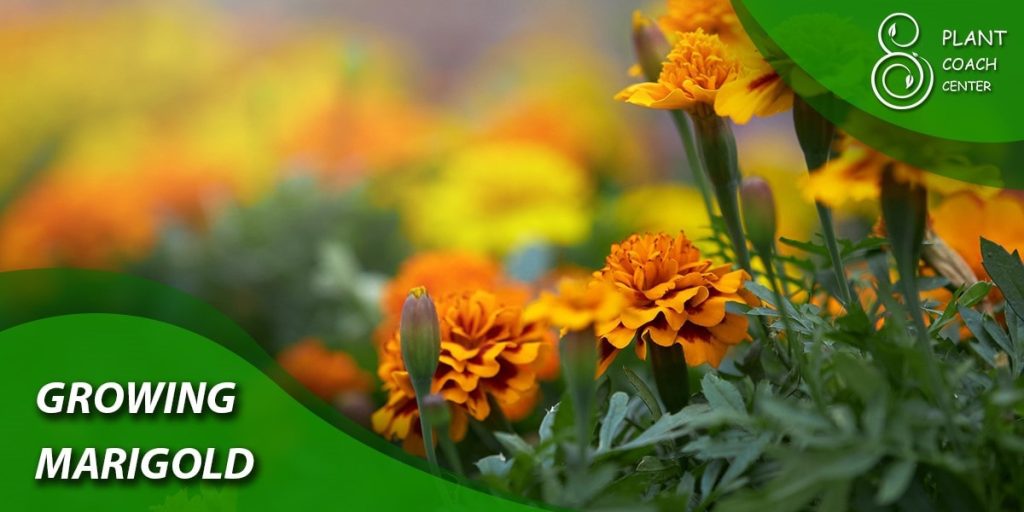
Prevention and Treatment
To prevent and treat pests and diseases, monitor your marigolds regularly, remove any affected plant parts, and apply organic or chemical treatments as needed.
Marigold Propagation: Other Methods
Stem Cuttings
Another method to propagate marigolds is by taking stem cuttings. Choose a healthy, non-flowering stem, and make a clean cut below a leaf node. Remove the lower leaves, dip the cutting in rooting hormone, and place it in moist potting mix. Keep the cutting in a warm, bright location, and roots should form within a few weeks.
Dividing Mature Plants
You can also propagate marigolds by dividing mature plants. Gently separate the plant into smaller sections, ensuring each division has a healthy root system. Plant the divisions in well-draining soil, and water them thoroughly.
Marigold Varieties and Their Uses
African Marigolds
African marigolds (Tagetes erecta) are tall, upright plants with large, pom-pom-like flowers. They make excellent border plants and can be used as cut flowers.
French Marigolds
French marigolds (Tagetes patula) are smaller and bushier than African marigolds, with smaller, more delicate flowers. They are perfect for container gardening and can be used as companion plants to deter pests.
Signet Marigolds
Signet marigolds (Tagetes tenuifolia) have dainty, edible flowers and lacy foliage. They are great for adding color to salads or as garnishes.
The Benefits of Growing Marigolds
Companion Planting and Pest Control
Marigolds are well-known for their ability to repel certain pests, such as nematodes, making them excellent companion plants in vegetable gardens.
Ornamental and Aesthetic Value
Their vibrant colors and varied flower shapes make marigolds a popular choice for adding visual interest to gardens, flower beds, and containers.
Medicinal and Culinary Uses
Marigolds have a long history of use in traditional medicine for their anti-inflammatory and antiviral properties. Additionally, some marigold varieties have edible flowers that can add a pop of color to salads and other dishes.
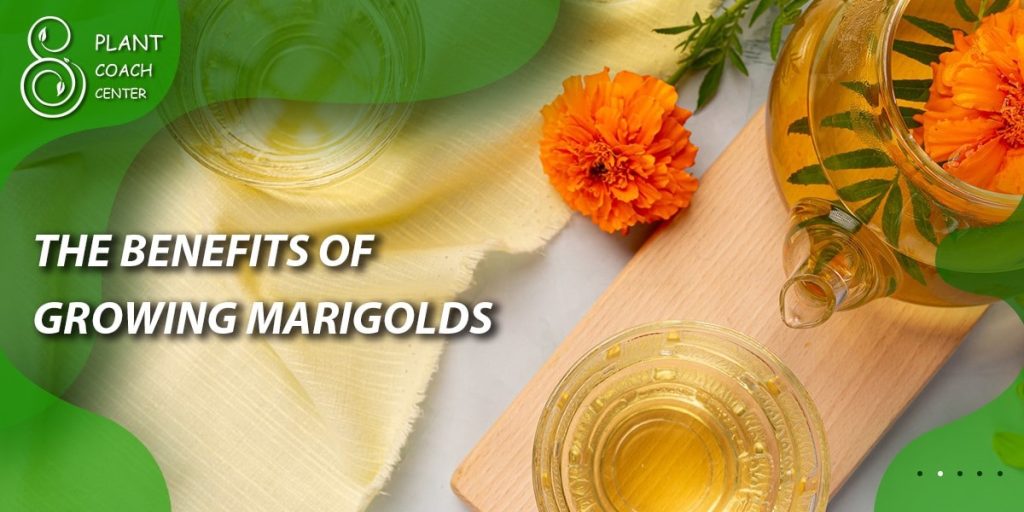
Conclusion
Growing marigolds from dried flowers is a rewarding and eco-friendly way to propagate these beautiful plants. By following the tips and guidelines provided in this article, you can successfully cultivate marigolds in your garden and enjoy their many benefits. Give it a try, and let plantcoachcenter.com be your guide to a thriving marigold garden!
How long does it take for marigolds to grow from dried flowers?
It usually takes 7-14 days for marigold seeds to germinate and an additional 8-10 weeks for the plants to reach maturity and start flowering.
Can I grow marigolds indoors?
Yes, marigolds can be grown indoors in containers, provided they receive enough sunlight and proper care.
Are marigolds perennials or annuals?
Most marigold varieties are annuals, meaning they complete their life cycle in one growing season. However, in warmer climates, some marigolds may survive as short-lived perennials.
To promote more blooms, regularly deadhead spent flowers and provide adequate water and fertilizer. This will encourage the plant to produce more flowers throughout the season.
Can marigolds be grown in containers?
Marigolds are well-suited for container gardening, as they have relatively shallow root systems. Choose a container with drainage holes and fill it with well-draining potting mix for best results.
What other plants grow well with marigolds?
Marigolds pair well with a variety of plants such as tomatoes, peppers, basil, and zinnias, as they can help repel pests and improve the overall health of the garden.


